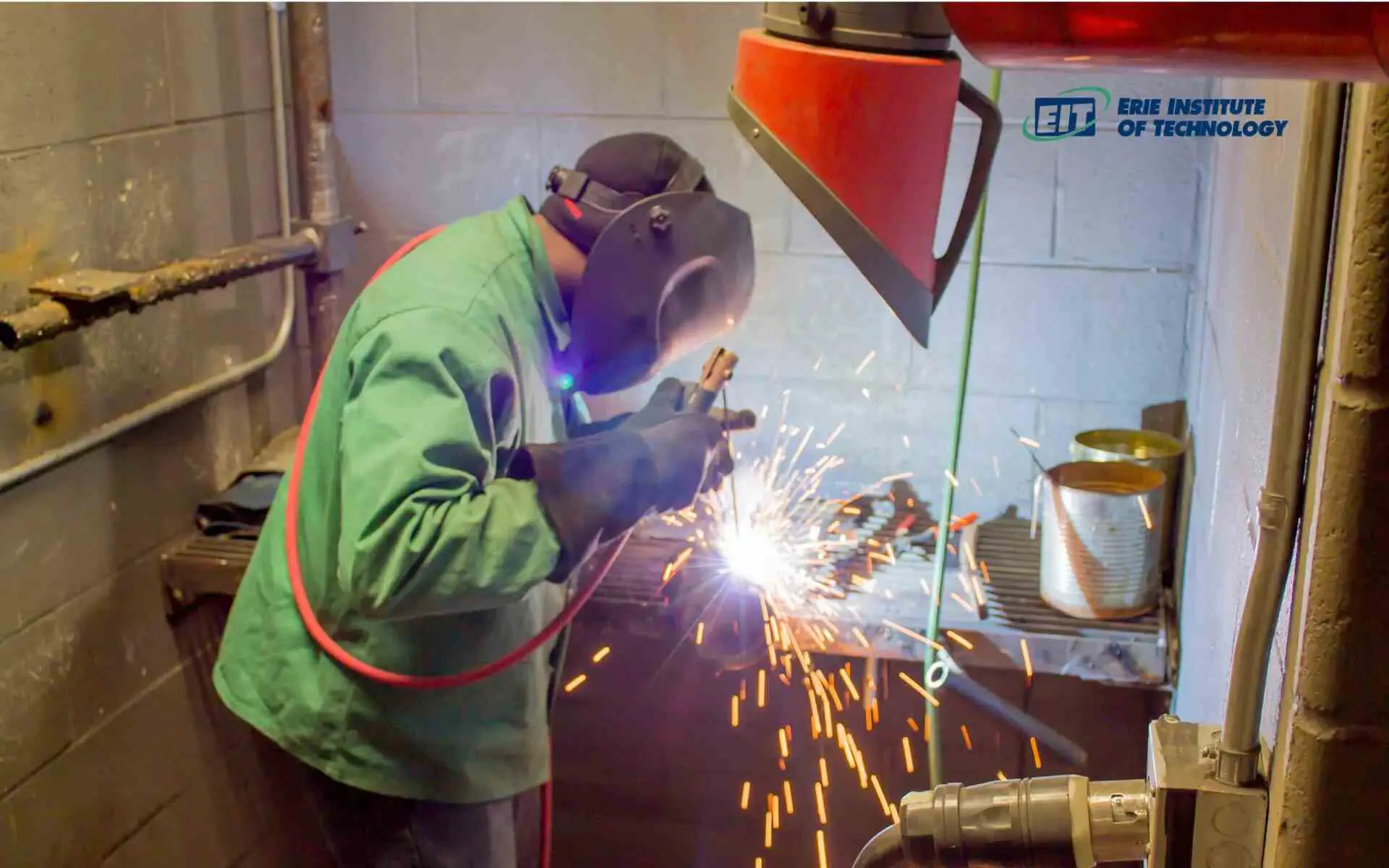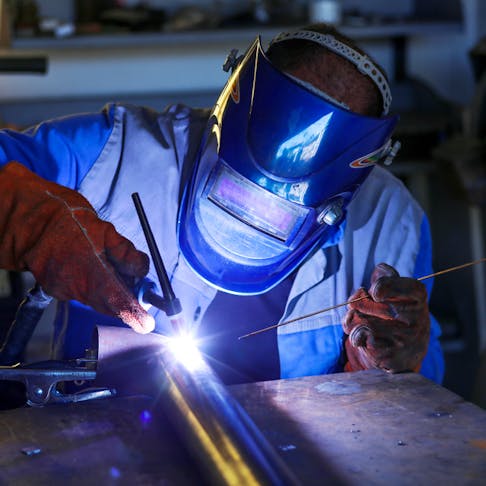The Ultimate Guide to Welding WPS Procedures: An Extensive Overview for Welders
In the detailed globe of welding, Welding Treatment Specifications (WPS) act as the backbone of ensuring quality, uniformity, and safety in welding operations. Recognizing the nuances of producing, applying, and keeping track of WPS treatments is vital for welders wanting to boost their craft and satisfy sector requirements. As we explore the numerous parts of a WPS and discover the intricacies of certification and qualification, we will certainly reveal the important role these procedures play in the realm of welding. Let's get started on a trip to decipher the complexities and relevance of WPS treatments in welding methods.
Relevance of WPS Procedures
Understanding the value of Welding Treatment Specifications (WPS) treatments is vital for guaranteeing the high quality and honesty of welded structures. WPS procedures work as a roadmap for welders, outlining the necessary steps, specifications, and materials called for to attain a sound weld. By sticking to WPS standards, welders can make certain uniformity in their work, bring about reliable and structurally sound welds.
One of the main reasons why WPS procedures are necessary is their role in preserving weld high quality and honesty. Following the specified welding specifications and strategies outlined in the WPS aids prevent issues such as porosity, breaking, or incomplete fusion, which can endanger the strength and toughness of the weld.

Components of a WPS
A Welding Treatment Specification (WPS) commonly makes up necessary elements that detail the certain demands for carrying out a weld, making certain consistency and top quality in the welding process. The crucial components of a WPS include essential variables such as base metals, filler steels, preheat and interpass temperatures, welding processes, securing gases, welding placements, and post-weld heat therapy requirements.
Base steels refer to the products being joined, while filler metals are used to load the space in between the base metals during welding. Preheat and interpass temperature levels are crucial for managing the heat input and stopping concerns like fracturing or distortion. The welding process lays out the details strategy to be utilized, whether it's gas steel arc welding (GMAW), protected steel arc welding (SMAW), or another method. Protecting gases safeguard the weld swimming pool from climatic contamination. Welding settings define the positionings in which welding can be done. Post-weld warm treatment may be needed to ease tensions and improve the weld's homes. A complete understanding of these parts is important for developing a effective and extensive WPS.

Credentials and Accreditation
Having developed the essential components of a Welding Treatment Requirements (WPS), the emphasis currently shifts towards the critical elements of credentials and certification in welding methods.

Accreditation, on the various other hand, is the official acknowledgment of a welder's credentials by a pertinent qualification body or organization. Welding qualifications are generally based upon the certain welding procedures, materials, and positions a welder is qualified to deal with. Holding a valid welding certification demonstrates that a welder fulfills industry standards and is qualified to perform welding tasks to the needed requirements.
Creating a WPS
To establish a Welding Procedure Specification (WPS) that meets sector standards, careful consideration of welding processes, materials, and operational criteria is important (welding WPS). The very first step in developing a WPS is to recognize the welding process to be used, such as gas steel arc welding (GMAW) or shielded metal arc welding (SMAW) When the welding procedure is established, the following essential element is choosing the suitable materials, taking into consideration aspects like base metal kind, thickness, and joint design. Operational criteria such as welding current, voltage, travel rate, and securing gas structure need to also be diligently specified in the WPS.

Executing and Keeping Track Of WPS
Upon wrapping up the comprehensive Welding Procedure Spec (WPS) that meticulously information welding processes, materials, functional parameters, and high quality assurance procedures, the focus shifts to successfully implementing and checking the recognized treatments. Application involves guaranteeing that all welders entailed in the job are familiar with the WPS and follow it thoroughly during the welding process. Reliable implementation and tracking of the WPS are crucial for making sure the integrity, stamina, and safety and security of the welded joints, ultimately his response contributing to original site the overall success of the welding task.
Verdict
To conclude, understanding and complying with Welding Procedure Requirements (WPS) is important for welders to make sure quality, consistency, and safety and security in their work. By understanding the elements of a WPS, obtaining proper certifications and accreditations, producing thorough treatments, and carrying out and monitoring them efficiently, welders can enhance their skills and proficiency in welding techniques. Abiding by WPS procedures is necessary for generating top notch welds and meeting sector criteria.
In the complex world of welding, Welding Treatment Specs (WPS) serve as the backbone of ensuring top quality, uniformity, and safety and security in welding operations. The welding process details the particular strategy to be made use of, whether it's gas steel arc welding (GMAW), secured steel arc welding (SMAW), or another approach.To develop a Welding Procedure Specification (WPS) that satisfies industry requirements, cautious factor to consider of welding procedures, products, and functional parameters is crucial. check over here The initial action in creating a WPS is to determine the welding process to be made use of, such as gas metal arc welding (GMAW) or protected metal arc welding (SMAW)Upon completing the extensive Welding Procedure Requirements (WPS) that diligently information welding processes, materials, operational criteria, and quality guarantee procedures, the emphasis moves to effectively executing and checking the established procedures.